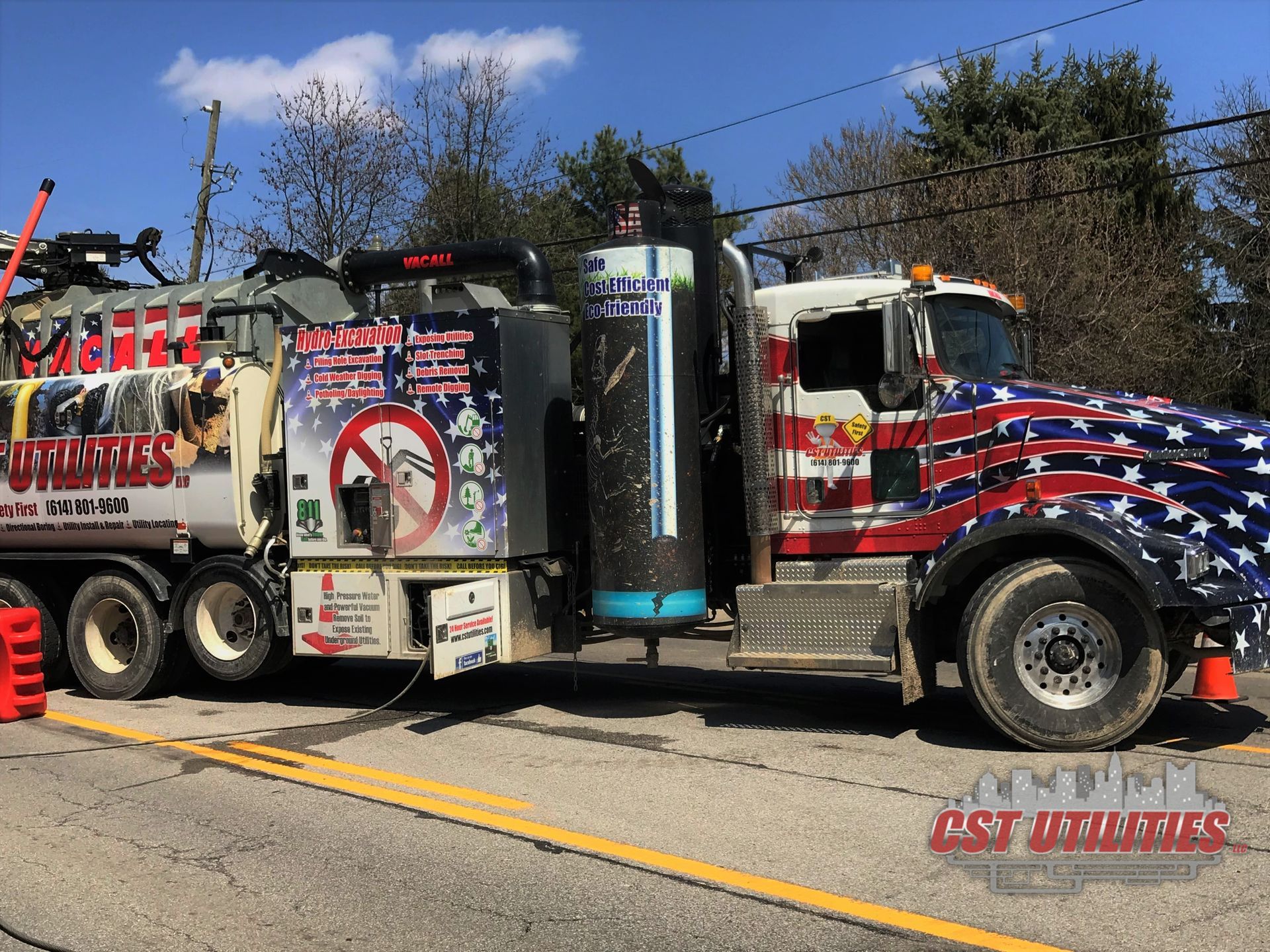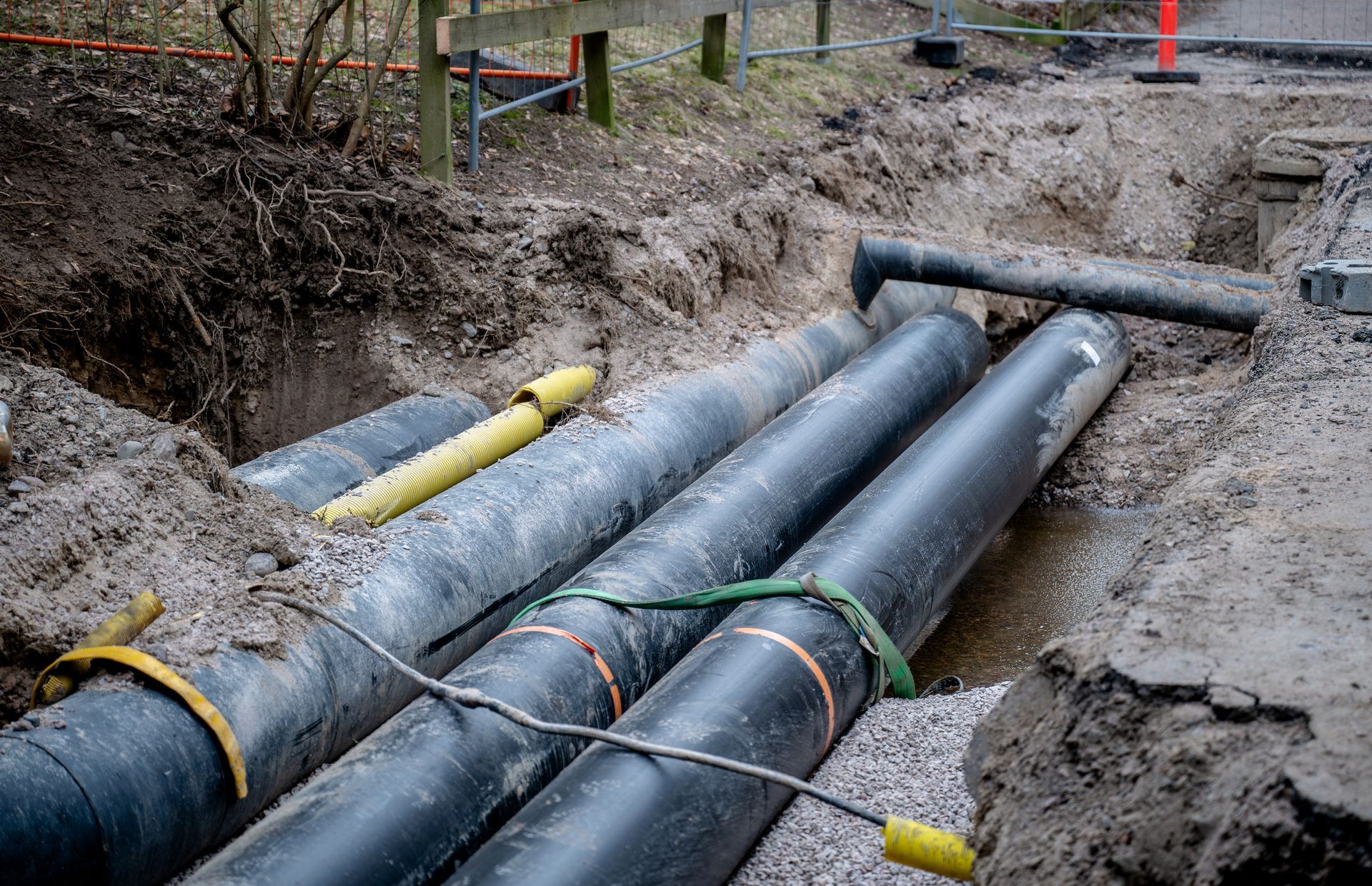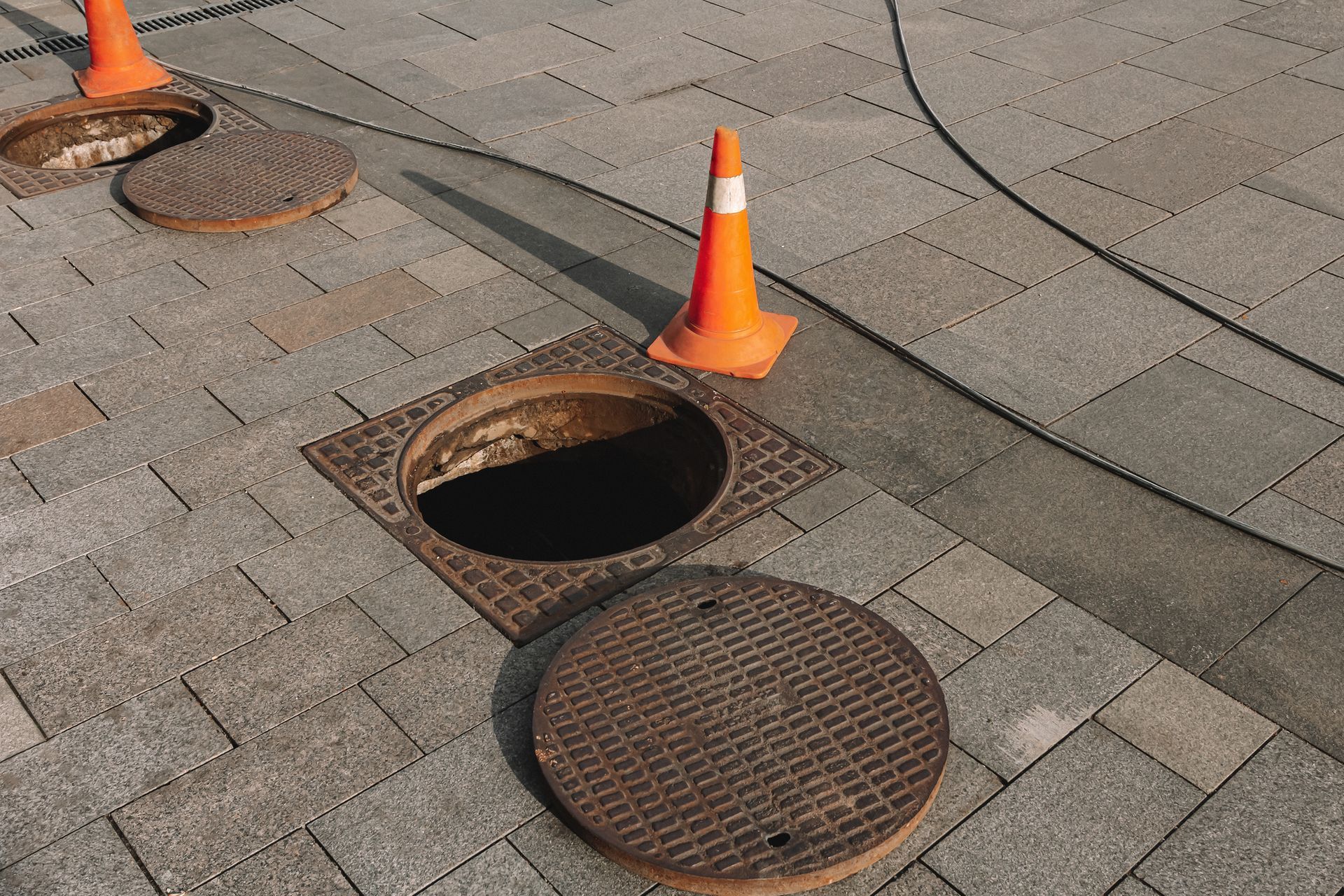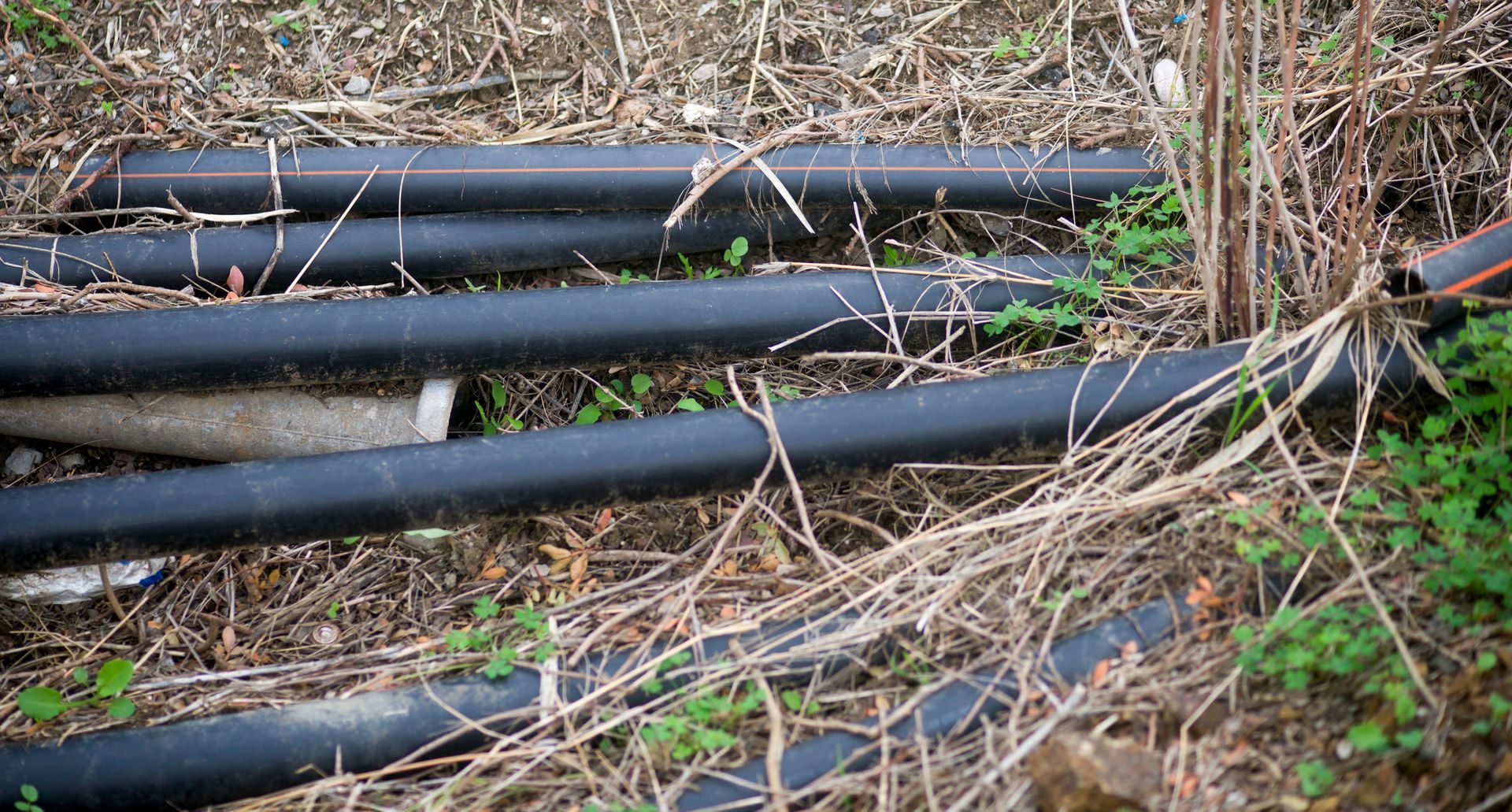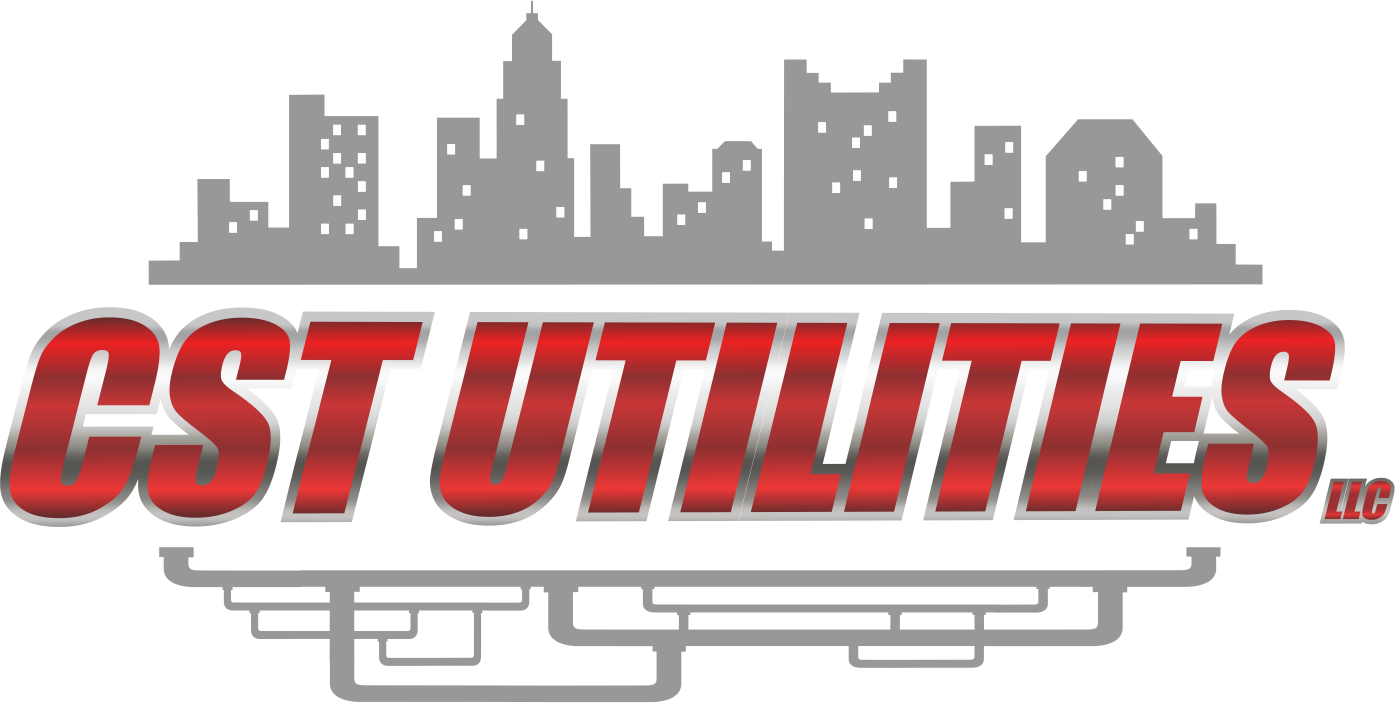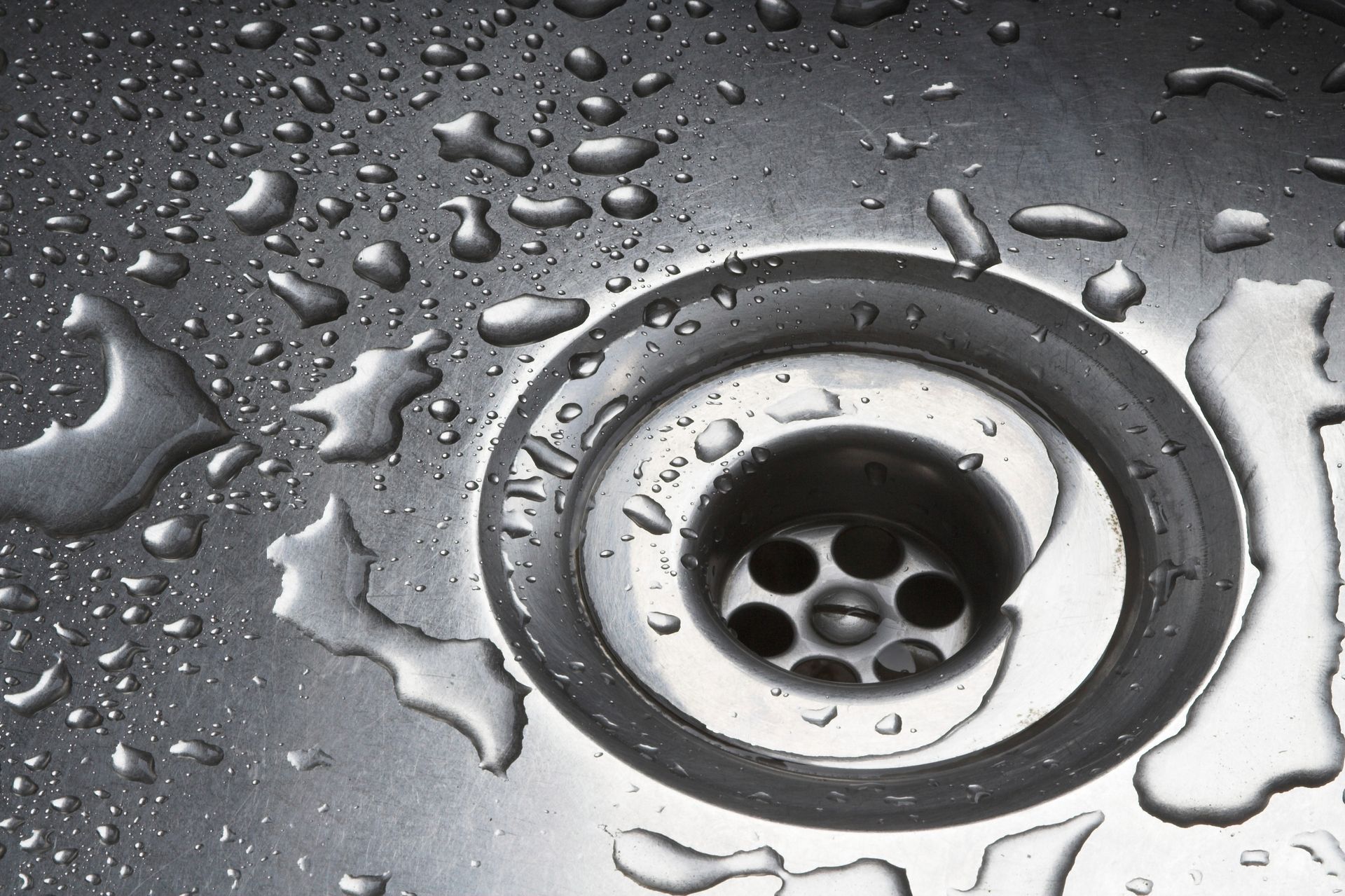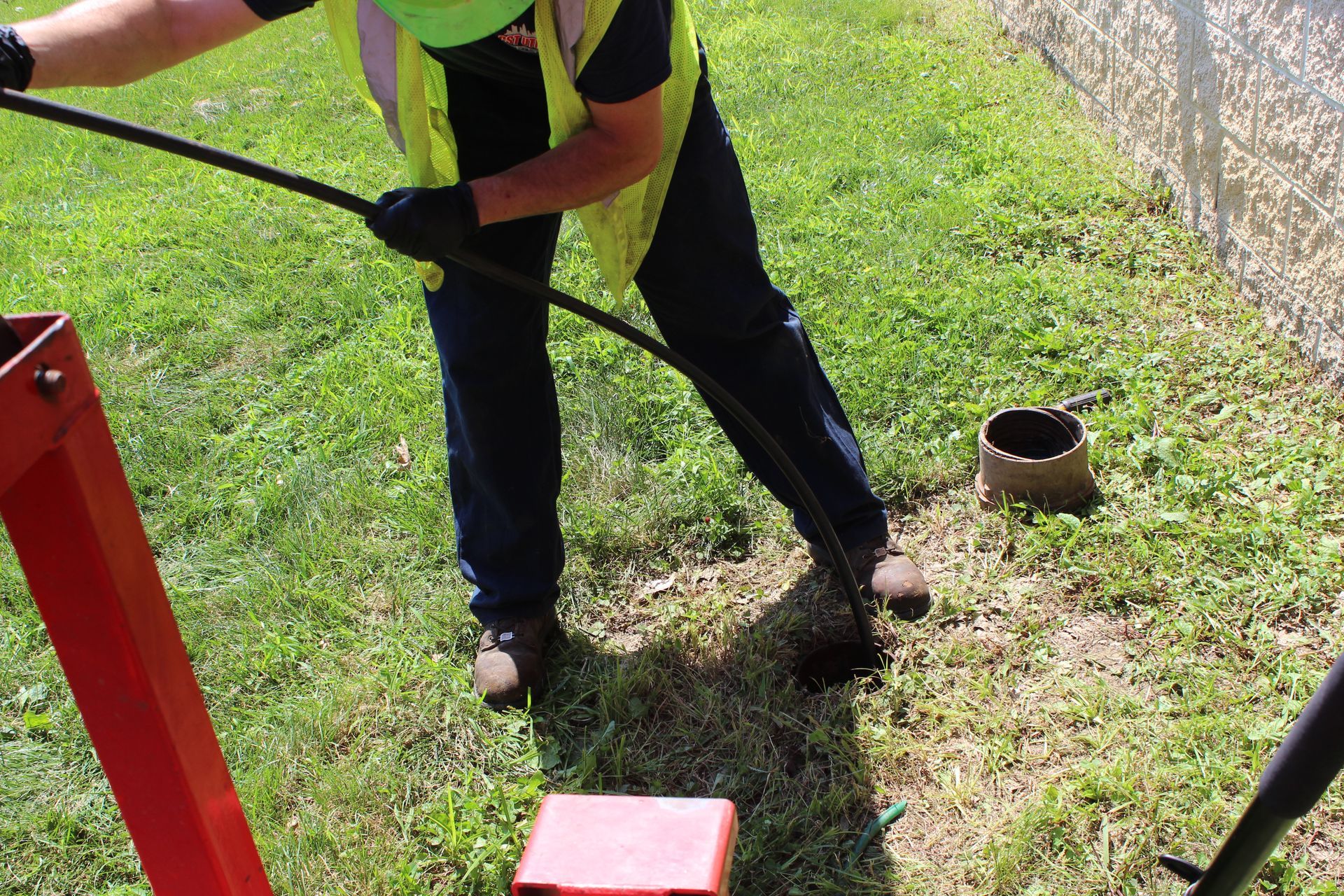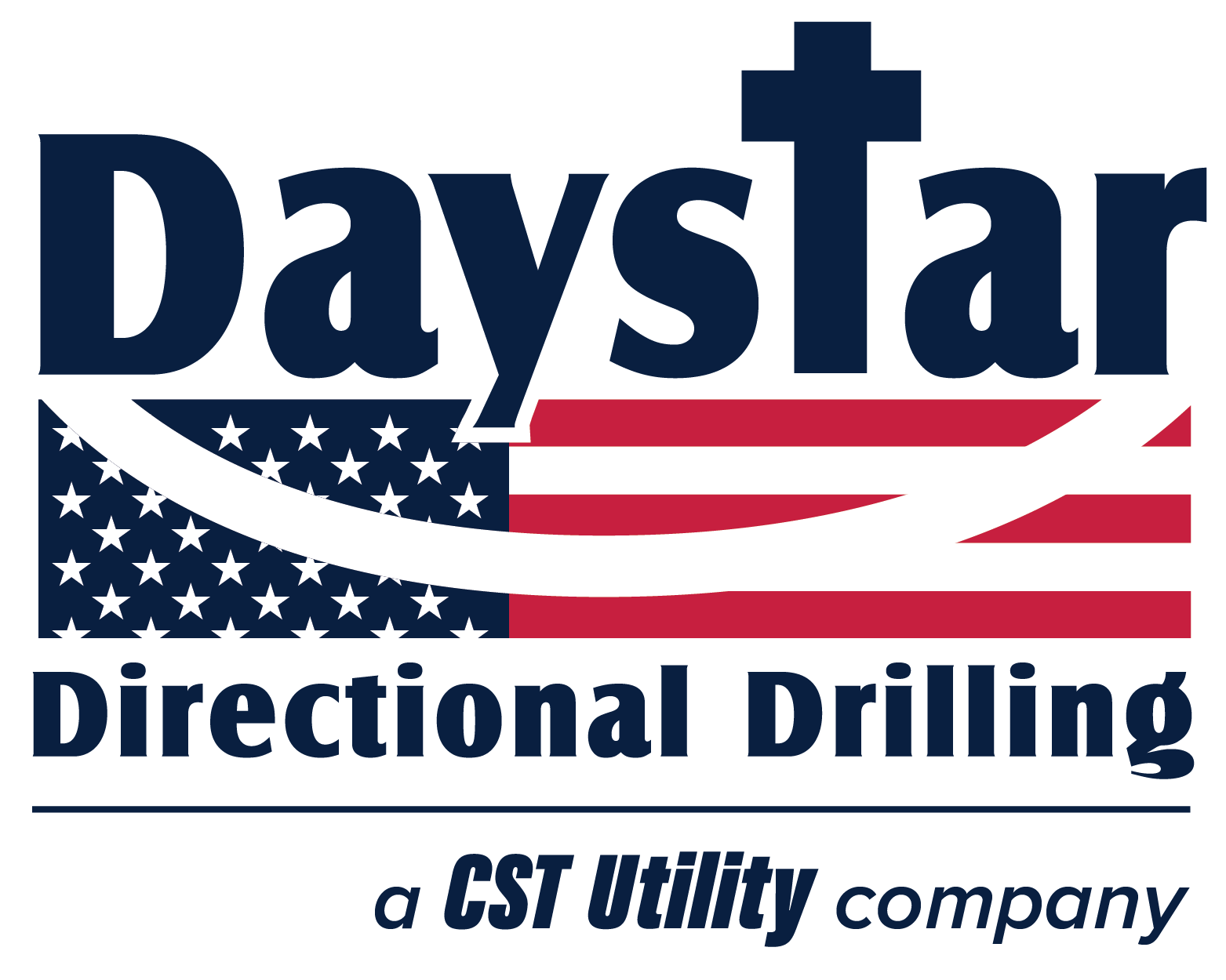Keep Your Kitchen Running Smoothly: FOG Awareness & Best Practices for Commercial Kitchens
In the fast-paced world of commercial kitchens, efficiency is everything. But behind the scenes, one of the biggest threats to your operations is something deceptively simple: FOG—Fats, Oils, and Grease.
Improper handling of FOG can cause major headaches, from clogged pipes and surprise
shutdowns to regulatory fines and environmental issues. The good news? With the right awareness and protocols, these problems are entirely preventable.
What Is FOG?
FOG refers to Fats, Oils, and Grease generated during food prep and cooking. In commercial kitchens, this includes:
- Meat fats and poultry drippings
- Cooking oils (canola, vegetable, fryer oil, etc.)
- Dairy-based sauces and butter
- Gravy, dressings, and creamy condiments
- Leftover grease from grills, fryers, and pans
These substances may go down the drain as a warm liquid, but they cool quickly and solidify inside your plumbing or in municipal sewer lines—leading to blockages, backups, and costly damage.
Why FOG Management Matters for Commercial Kitchens
Beyond the plumbing issues, poor FOG management can lead to:
- Health code violations
- Fines from local authorities
- Increased maintenance costs
- Service disruptions (no one wants a kitchen shut down during dinner rush)
- Damage to your brand reputation
Most cities, including many across the Midwest, have strict FOG ordinances in place that require proper handling, disposal, and use of approved grease interceptors or traps.
Grease Traps & Interceptors: What You Need to Know
A properly sized and maintained grease interceptor is your first line of defense. These devices capture FOG before it enters the sewer system.
Best Practices:
- Ensure the trap/interceptor is sized to match your kitchen’s output
- Clean and service your trap regularly—monthly or more often if needed
- Keep maintenance records for compliance inspections
- Train staff to never pour FOG down drains, even if a trap is in place
Remember: grease traps are not garbage disposals. They reduce—but don’t eliminate—the risk of FOG buildup. Daily habits still matter.
Staff Training: The Key to FOG Control
Your kitchen team is your strongest asset. Make sure everyone is on board with best practices:
- Wipe before washing
Scrape food waste and wipe grease from pans and dishes with paper towels before rinsing.
- Use proper disposal containers
Set up clearly labeled containers to collect used cooking oil and grease. Partner with a certified oil recycler for regular pickup.
- Clean floor drains and grates regularly
Floor drains are another common point of entry for FOG—keep them clear and clean.
- Post signage
Visual reminders near sinks and dishwashing areas help reinforce good habits.
Build a FOG-Smart Kitchen Culture
FOG issues don’t happen overnight—but they build up fast when systems and habits break down. By staying proactive, your kitchen can:
- Avoid costly plumbing repairs
- Stay compliant with local regulations
- Protect your team, your customers, and your bottom line
Your kitchen is the heart of your business—don’t let FOG slow it down.
Need help ensuring your grease management systems are working properly? Worried you might be experiencing FOG issues? We're here to help. Give us a call and we’ll come check it out!
